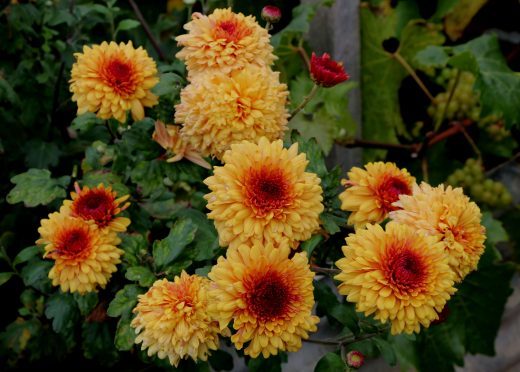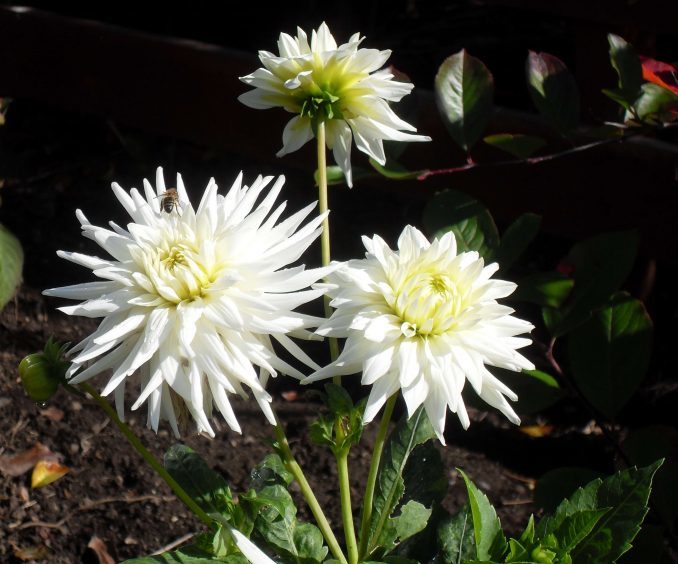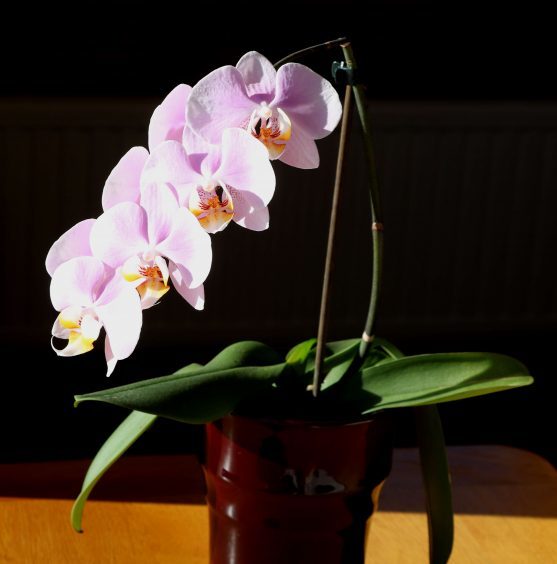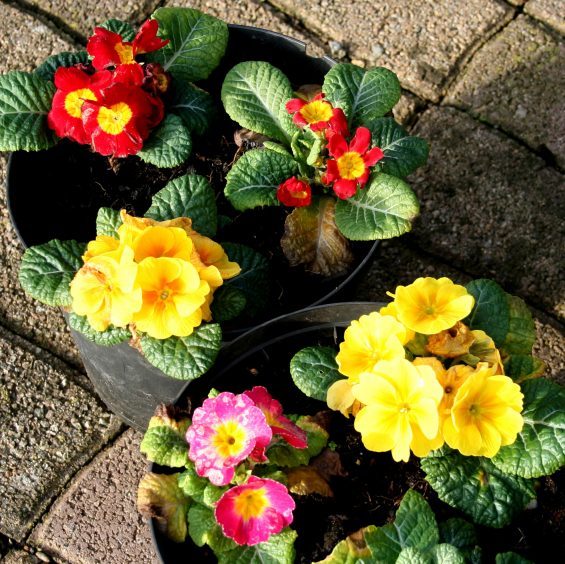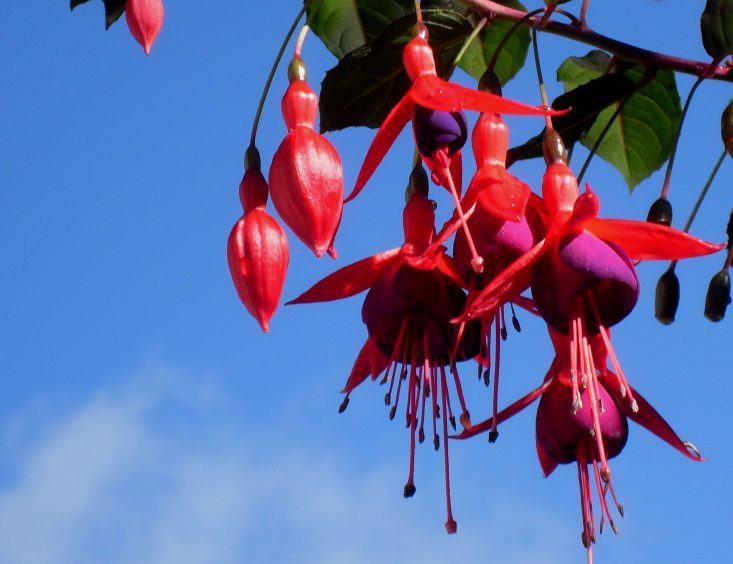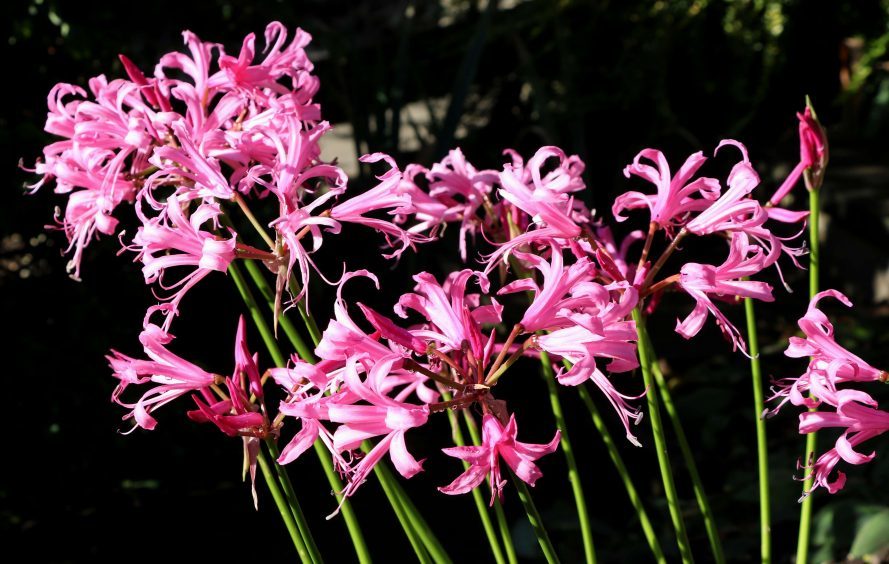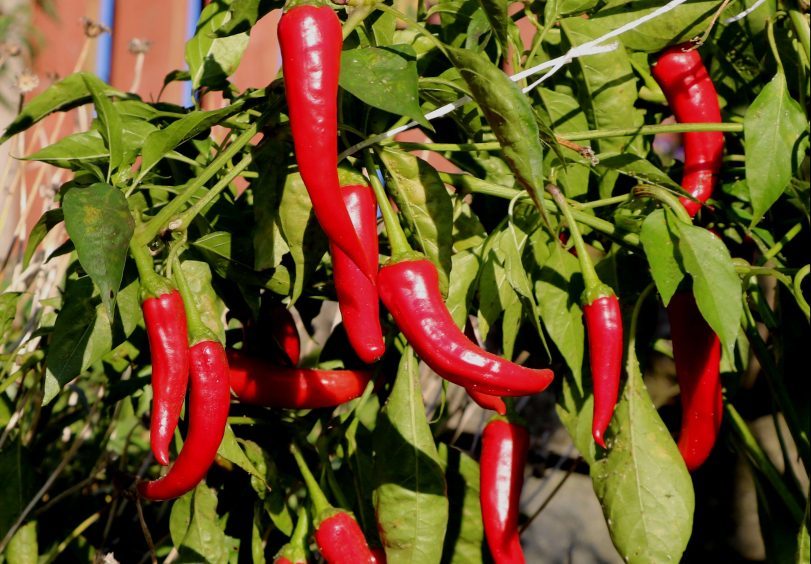In the days before global warming, we gardeners could rely on the seasons to behave normally so we could organise our gardening activities on schedule.
The summer season normally started with a dry warm June followed by just enough rain to keep plants growing, and then there was the July dry spell for the berry picking season and a cold but dry October for the tattie pickers.
Summer flowers died down end of October so we could remove the bedding plants and replace them with spring flowering wallflowers and tulips.
Winters usually arrived with a cold snap early November and I can remember skating in my early youth on several Dundee ponds in December.
Today it has all changed. This year is said to be the hottest on record, but at my end of Dundee, the rains started in June and continued till November.
In fact I think it is still raining. So where was that long hot summer? Onions got wiped out with white rot, and potatoes got blight, but green leafy plants were luxuriant.
Flowering plants sulked for months, petunias and French marigolds died out and my roses got severely infected by black spot, but plants do not give up easily so the survivors are refusing to die down. It seems they want to make up for lost time !!!
This should be the beginning of winter, but walking around the garden you would think it is still summer. There are flowers everywhere.
My tulip bulbs and spring flowering pansies and polyanthus (all covered in flowers) wait to get planted in tubs, but my tuberous begonias and geraniums in the tubs are in full flower and I just can’t pull them out.
A batch of bright red geraniums planted in the shelter of a south facing wall still think it is summer, and as I have no plans to replace them I will just leave them to see how long they will last.
On a previous occasion in this spot we got a very mild winter and they came through winter unscathed. Time will tell how they do this winter.
Fuchsia Mrs Popple has just loved this wet year and is still a mass of flowers, to be followed by a crop of fuchsia edible fruit with a sweet spicy flavour.
Rose varieties with more disease resistant foliage are having a late flush of flowers, especially the orange Dawn Chorus and yellow Arthur Bell. The white scented Margaret Merril has suffered blackspot, but is still flowering.
Nerine bowdenii always puts on a great autumn show and the clump just seems to get bigger every year. It is very reliable and to see it at its best take a trip to Botanic Gardens as there is a huge drift by the glasshouses.
Dahlias would normally have been blackened by an early frost but mine are still giving a great display, so I’ll leave then a wee bit longer, but keep an eye on the weather forecasts.
Chrysanthemums are also continuing to flower so lifting them is also going to be a late task.
Mahonia Charity is more associated with a late winter flower, but not this year as it is coming into flower now, and my snowdrops which should still be dormant are now pushing up into the light so they could yet again be in flower in December.
Back indoors I have a lovely pink Phalaenopsis orchid with a long raceme of flowers which is quite normal, except that I bought this one in full flower at the City Road Allotments Open Day in August and it just continues to flower. Four months of flowering is quite remarkable.
However my Christmas cactus, Zygocactus truncatus appears to be behaving normally as I have started to water it to bring on the flowering period just ahead of Christmas.
Wee jobs to do this week
Pick pepper De Cayenne as the season is now over. They can be stored for a few weeks in the fridge or washed, sliced removing the seeds and dried off for the freezer.
This chilli is quite hot so be careful and use sparingly, though the health benefits of these hot chillies are very impressive having vitamins A, B, C and E and the minerals potassium and manganese.
Hot peppers boost metabolism, circulation and blood flow and is said to increase energy levels with beneficial long term weight loss.
